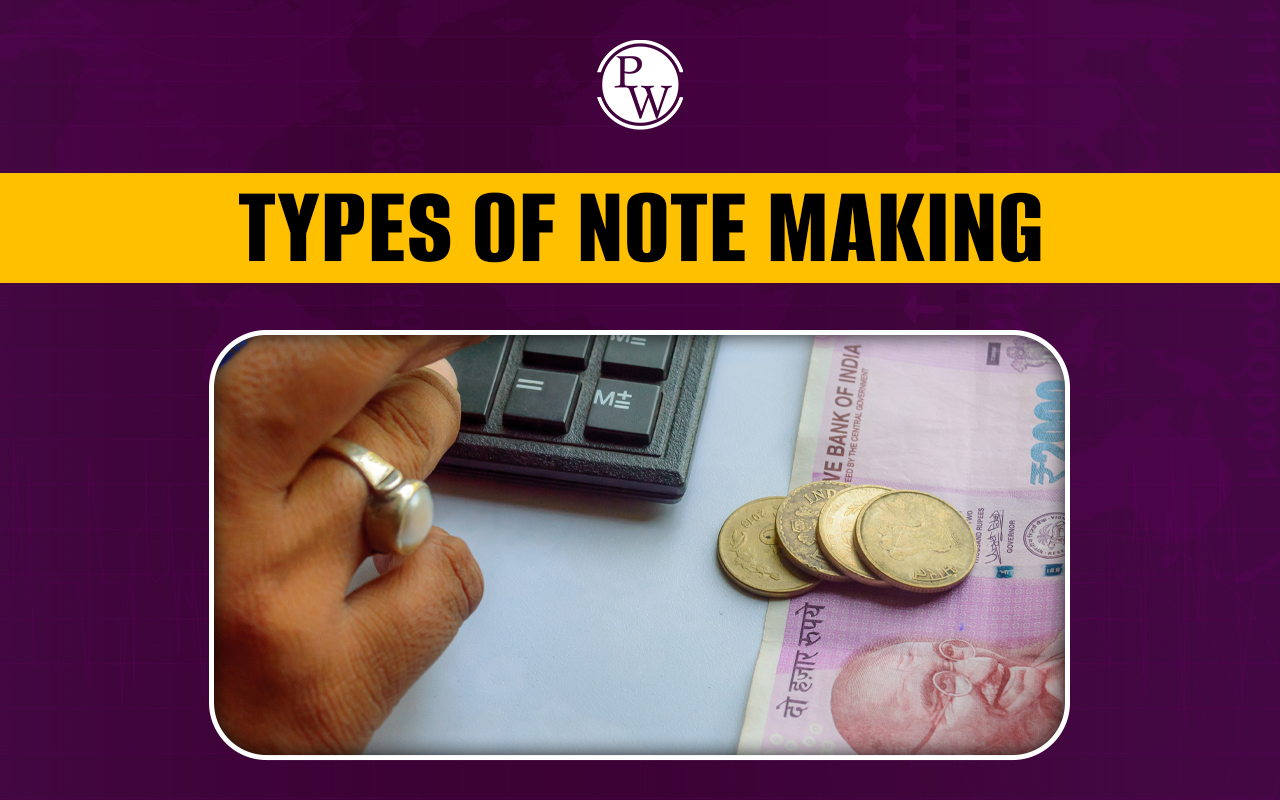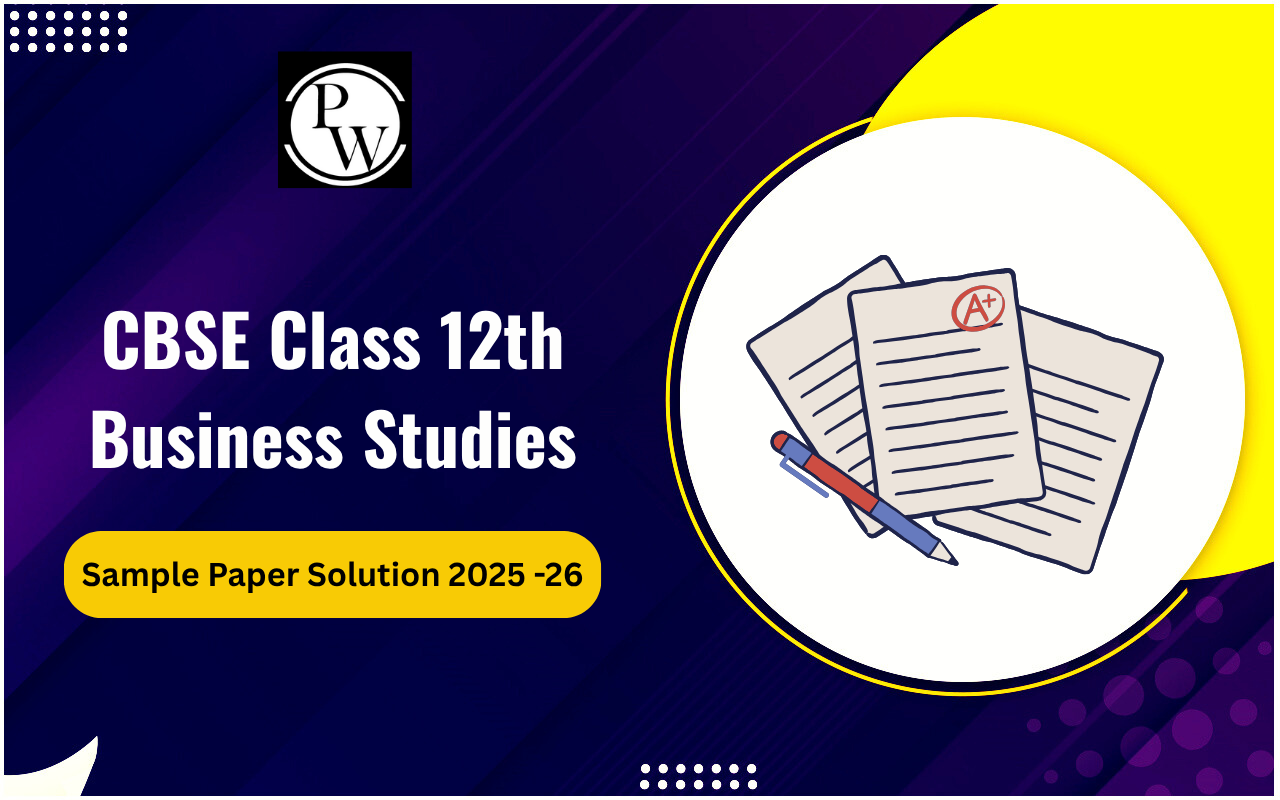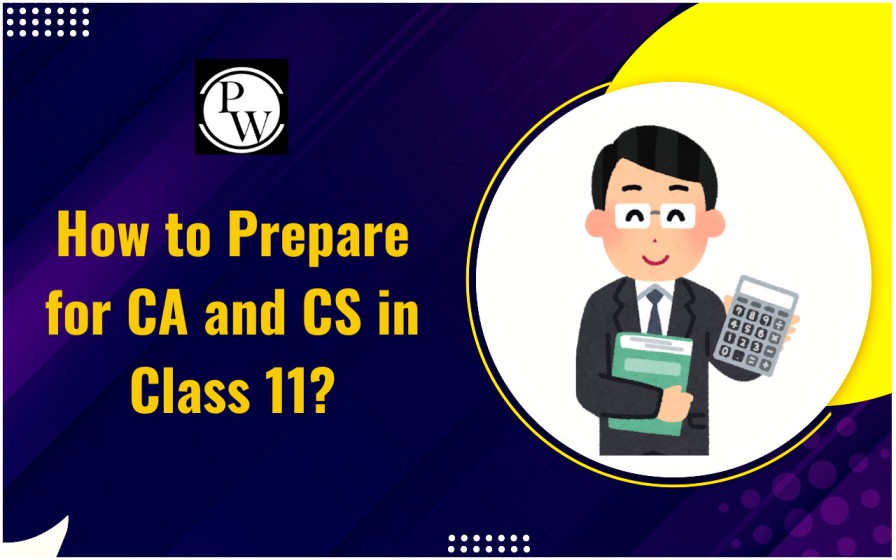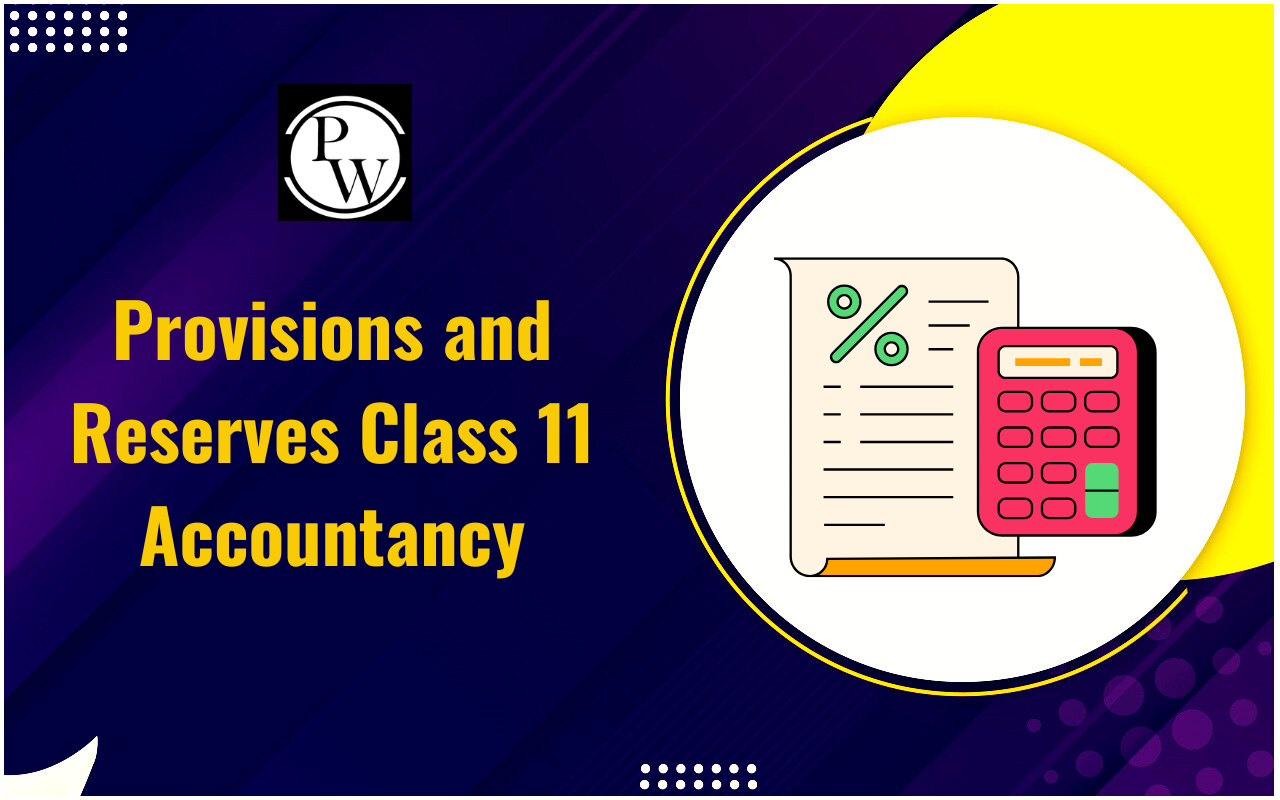

Note Making is a critical skill that enhances learning, retention, and understanding of complex information. Whether you are a student, professional, or someone looking to organize information efficiently, knowing how to make effective notes is key.
This blog explores the types of Note Making and Note Making strategies to help you maximize the benefits.What is Note Making?
Before diving into the different types, it’s essential to understand what Note Making is. Note Making involves the process of recording information in a structured format that aids comprehension and retention. It goes beyond merely transcribing lectures or readings; it involves summarizing, paraphrasing, and organizing information for better understanding and recall.Types of Note Making
Understanding the different types of note-making can help you tailor your approach based on the subject matter and your personal preferences. Here are some effective types:Linear Notes
Linear notes are the most traditional form of note-making. They involve writing information in a continuous manner, usually in bullet points, lists, or paragraphs, following the same order as the material presented.Advantages
Simple and easy to create. Keeps information in a logical sequence.Disadvantages
Lacks visualization of relationships between concepts. May not be ideal for understanding complex connections.Cornell Method
The Cornell Method is a systematic way of organizing notes. It divides the page into three sections: a note-taking area, a cues section for keywords or questions, and a summary area.Structure
Note-taking column: Main notes from the lecture or reading. Cue column: Questions, keywords, or key points. Summary: A short summary of the notes at the bottom of the page.Advantages
Highly organized and structured. Encourages revision through cues and summaries.Disadvantages
Requires time and effort to maintain this format.Mind Mapping
Mind mapping is a visual note-making method that organizes information around a central concept using diagrams. It allows you to visualize relationships between ideas.How it works
Place the main topic in the center. Branch out with related ideas, subtopics, and details using lines and colors.Advantages
Great for visual learners. Helps in understanding relationships and connections.Disadvantages
Can become messy if not organized properly.Charting Method
The charting method involves organizing information into a table, making it particularly useful for comparing data. This method is commonly used in subjects like history, business, or science.Structure
Create columns for different categories (e.g., date, event, impact). Fill in the relevant information under each column.Advantages
Excellent for comparing and contrasting. Provides a clear visual overview of complex information.Disadvantages
Requires pre-planning to categorize information correctly.Flow Notes
Flow notes focus on understanding and less on structure. They involve a combination of written notes, drawings, and diagrams that represent the flow of information.Advantages
Highly adaptable and flexible. Encourages creative thinking.Disadvantages
Less organized, making review more difficult.Effective Note Making Strategies
While the type of Note Making is important, your strategy can make a significant difference in how well you retain and understand the material. Here are some strategies to enhance your Note Making process:1. Be Selective
Focus on capturing key concepts, definitions, and examples. Distill the information into concise points rather than copying everything verbatim. Tip: Listen or read for the key ideas, then summarize them in your own words.2. Use Abbreviations and Symbols
Using abbreviations and symbols can speed up your note-making process and ensure you don’t miss important points. Example: Use “→” for “leads to” or “&” for “and.”3. Review and Revise Regularly
Spend a few minutes revisiting your notes soon after a lecture or reading session to reinforce the material and identify gaps in understanding. Tip: After reviewing, update your notes with additional information or clarify points that seemed confusing at first.4. Color Coding
Using colors for different themes, ideas, or importance levels can make your notes more organized and easier to review. Example: Highlight definitions in yellow, key concepts in blue.5. Create Visual Aids
Incorporate charts, diagrams, and mind maps into your notes where possible. Visual aids help you grasp and remember complex information more easily. Tip: Convert linear notes into mind maps for a quick review of key ideas.6. Summarize and Paraphrase
Summarize the information in your own words to aid understanding and retention, rather than copying the material directly. Tip: After each major section or lecture, write a brief summary of what you’ve learned. Mastering the art of note-making can significantly enhance your learning experience. Whether you prefer the linear method for its simplicity or mind mapping for its visual appeal, the key is to find the approach that works best for your learning style. Combine your chosen note-making type with effective strategies—like using abbreviations, reviewing regularly, and incorporating visual aids—and you’ll notice a marked improvement in how well you absorb and recall information. Unlock your potential in commerce with PW Commerce Courses! Enroll today to gain in-depth knowledge and skills that will help you excel in your exams and future career. Don’t miss out!Note Making FAQs
Why is note-making important?
Note-making helps in organizing information, enhancing understanding, and improving retention, making studying more effective.
How do I choose the right note-making method?
Consider your learning style, the subject matter, and the context (lecture, reading, etc.) to determine the best method for you.
Can I combine different note-making methods?
Yes, combining methods can be effective. For example, you might use the Cornell Method for lectures and mind maps for brainstorming.
What tools can I use for note-making?
You can use traditional notebooks, digital note-taking apps (like Evernote or OneNote), or software that supports mind mapping.
How can I improve my note-making skills?
Practice regularly, experiment with different techniques, and review your notes frequently to identify areas for improvement.
Talk to a counsellorHave doubts? Our support team will be happy to assist you!

Check out these Related Articles
Free Learning Resources
PW Books
Notes (Class 10-12)
PW Study Materials
Notes (Class 6-9)
Ncert Solutions
Govt Exams
Class 6th to 12th Online Courses
Govt Job Exams Courses
UPSC Coaching
Defence Exam Coaching
Gate Exam Coaching
Other Exams
Know about Physics Wallah
Physics Wallah is an Indian edtech platform that provides accessible & comprehensive learning experiences to students from Class 6th to postgraduate level. We also provide extensive NCERT solutions, sample paper, NEET, JEE Mains, BITSAT previous year papers & more such resources to students. Physics Wallah also caters to over 3.5 million registered students and over 78 lakh+ Youtube subscribers with 4.8 rating on its app.
We Stand Out because
We provide students with intensive courses with India’s qualified & experienced faculties & mentors. PW strives to make the learning experience comprehensive and accessible for students of all sections of society. We believe in empowering every single student who couldn't dream of a good career in engineering and medical field earlier.
Our Key Focus Areas
Physics Wallah's main focus is to make the learning experience as economical as possible for all students. With our affordable courses like Lakshya, Udaan and Arjuna and many others, we have been able to provide a platform for lakhs of aspirants. From providing Chemistry, Maths, Physics formula to giving e-books of eminent authors like RD Sharma, RS Aggarwal and Lakhmir Singh, PW focuses on every single student's need for preparation.
What Makes Us Different
Physics Wallah strives to develop a comprehensive pedagogical structure for students, where they get a state-of-the-art learning experience with study material and resources. Apart from catering students preparing for JEE Mains and NEET, PW also provides study material for each state board like Uttar Pradesh, Bihar, and others
Copyright © 2025 Physicswallah Limited All rights reserved.
Get App











